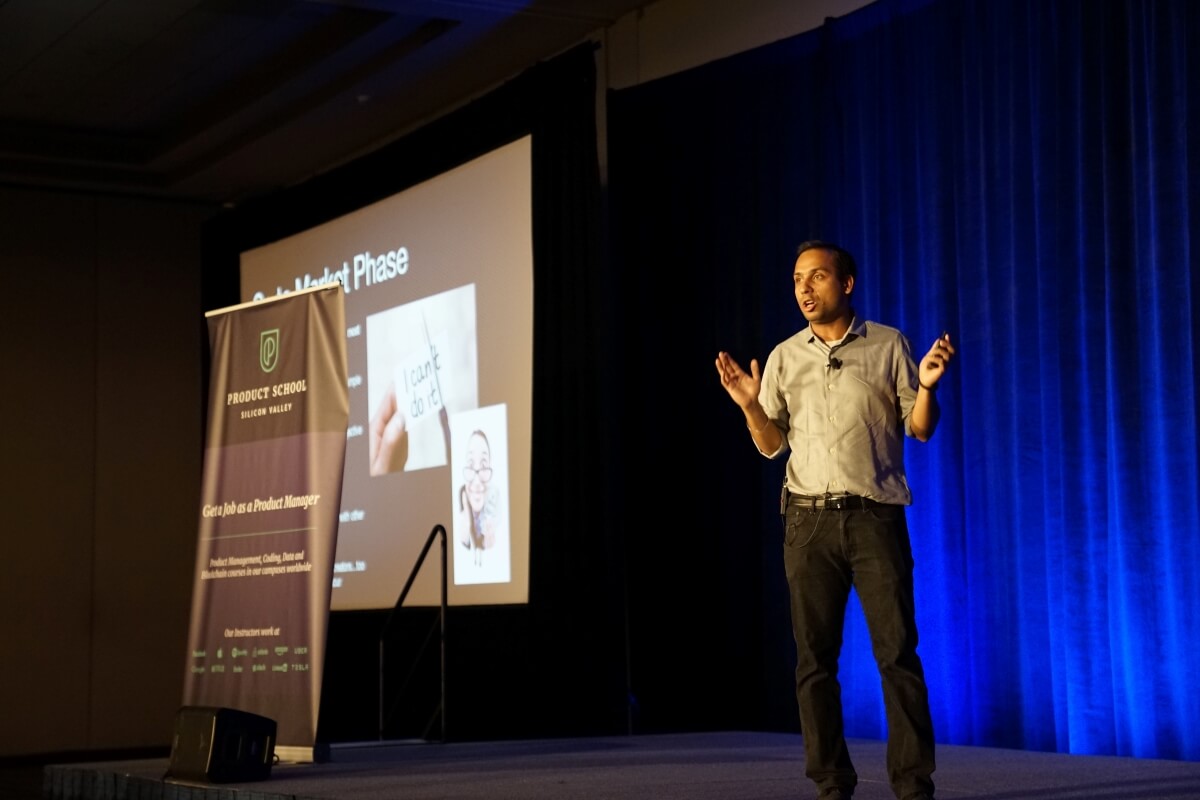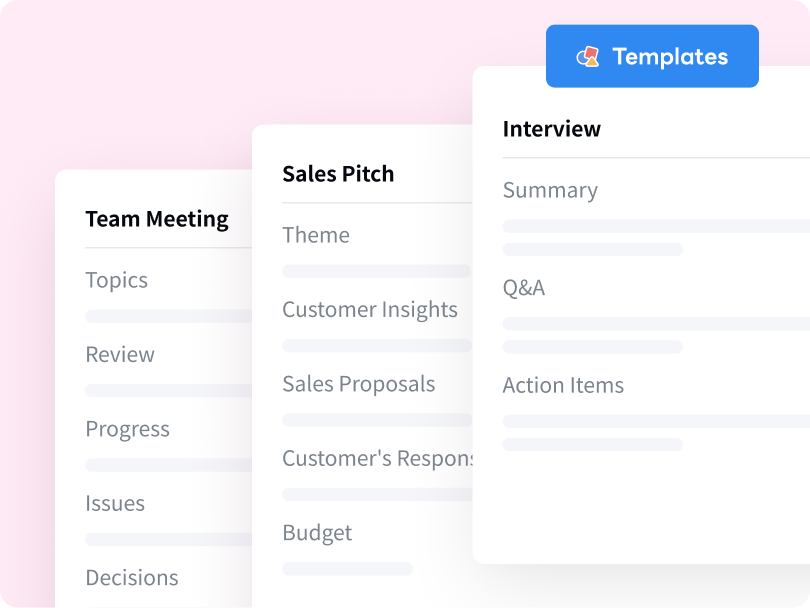Writing a speech summary is frustrating. You listen to the audio or video, note down key ideas, and then write only the important information — only to know it's a complete fluff. But it doesn't have to be such a complex experience — if you combine the right summarizing method and use AI, you can condense all the important information in a few clicks.
There have been many times when I want to summarize interviews, podcasts, speeches, documents, or even research papers. While it may seem a difficult path to follow, a few tips and examples can help you save time and complete the tasks faster. Here, I'll help you with a guide on how to summarize a speech effectively. I'll also give you some tips that'll make the overall process an absolute breeze.
What is a speech summary?
A speech summary is a simple process of writing a brief overview with the key ideas or main points. Its goal is to help the reader get only the important information typically covered in the speech — without getting into too much detail.
The speech summary begins with an engaging opening statement (or hook) to attract the audience. It then provides value in the body and covers all the key points in the conclusion.
While it's pretty easy to include all these elements in the speech summary, you'll have to spend some time understanding the whole process.

How to summarize a speech?
The best way to summarize any speech (or talk) is to understand the topic and take notes beforehand. But as much as I love reading summaries, I hate doing it manually — of course, as the process is pretty time-consuming.
If you're still struggling with how to summarize a speech, here are the simple steps you must follow.
1. Carefully listen to speech
Whether you're summarizing your own speech or someone else's work, start by carefully listening to the audio or video. Here, I'd personally suggest you pay extra attention to what the speakers said, how they conveyed their thoughts, and the key topics of discussion.
2. Write the main points
If you're like me, who keeps pen and paper ready, then you probably create notes for all your important work. But I can't count the times I've written notes on any paper only to lose them later.
With an AI note-taking app like Notta, you can automate the note-taking process and even extract the main point easily. I love how this AI note-taker can transcribe and summarize notes into something useful and actionable.
Another thing where Notta shines brighter is its ability to generate a transcript from the speech (audio or video) or extract the main points into key chapters and action items — without any manual work.
3. Start the summary
Now, you'll need to turn on your writer mode and start writing the notes in proper format. For example, you can start with the engaging points of the speech that grab people's attention and insist they read the entire summary.
4. Check for accuracy
When you're writing a speech summary, always make sure the final version accurately reveals the key points and the main idea that the speaker is trying to convey. While this step is completely optional, I'd personally suggest you check the figures, facts, or data included in the summary — after all, it's better to be safe than sorry.
5. Edit and revise
A great summary strikes the perfect balance between conversational and formal tone. Once you've prepared the first draft and cross-checked all the facts, it's better to start editing and revising the piece. Here, you'll have to look for grammar or spelling errors — to ensure the summary looks professional.

Transcribe audio/video to text in minutes
Notta can convert your spoken interviews and conversations into text with 98.86% accuracy in minutes. Focus on conversations, not manual note-taking.
Example of a speech summary
Over the years, I've seen a vast spectrum of summaries — from a few lines brief to 4-5 pages of the essentials. The sweet spot for a speech summary is somewhere in the middle — a few paragraphs (or one-page maximum) that convey the main idea clearly.
I've spent a lot of time reading and creating speech summaries, and here I'll show you a summary example of the most popular speech 'I Have a Dream.'
'I Have a Dream' Speech Summary
The 'I Have a Dream' speech delivered by the minister and civil rights activist Martin Luther King Jr. highlights the long history of racial injustice in America and even encourages the audience to hold the country accountable to the three founding promises: freedom, equality, and justice. In his speech, King called for an end to racism in the United States, particularly against Black Americans.
Tips for summarizing speeches
If there's anything that I've been constantly asked for by teammates, it's the tips to summarize a lengthy document better and faster. Here are my best tips on how to write a speech summary and convert it into a short, informative text.
Keep it brief
A good summary is often a brief version of a long speech, document, video, or audio — and that's what you'll need to keep in mind. While generating the speech summary, make sure it's short, sweet, and does not contain any kind of fluff.

Write without judgement
This is my favorite tip that I often give to fellow people — never add your opinion while summarizing. Your goal is to condense lengthy information into short form — and not write a review.
Use AI speech summarizer
If you're stuck in the cycle of listening to the speech and then preparing the draft, you can use AI to break it and also get things done faster. It'll help you avoid the pen-and-paper hassle and automate the process of transcribing and summarizing any media file.
One of the most popular AI note-taking tools is Notta — which can transcribe and even summarize the audio or video. With its amazing Notta AI Notes feature, you can create summaries in key chapters, action items, and an overview.
 Ready to revolutionize your post-speech workflow? Give Notta's AI Summary Templates a try today and experience the difference for yourself. Simply select the template that best fits your needs, and watch as Notta transforms your raw notes into polished, concise summaries. Your time is precious – let Notta help you make the most of it.
Ready to revolutionize your post-speech workflow? Give Notta's AI Summary Templates a try today and experience the difference for yourself. Simply select the template that best fits your needs, and watch as Notta transforms your raw notes into polished, concise summaries. Your time is precious – let Notta help you make the most of it.
Supercharge your note-taking efficiency
Want the convenience of automated note-taking and AI summaries? Try Notta for your upcoming meetings.
FAQs
How do you start a summary of a talk?
The summary of a talk (or speech) should start with an introductory sentence that mainly focuses on the title, the speaker's name, and the main point that's being conveyed. You can even start with a key phrase that gives a glimpse of what the summary (or the speech) is about.
What is a good starter sentence for a summary?
A good starter sentence for a summary is one that combines three things: the speaker's name, the main idea, and the result. It should clearly reveal the key points that were discussed in the speech — but in a brief and engaging way.
The first sentence acts like a hook sentence that grabs the attention of the reader. You shouldn't go deep into facts in the opening sentence — instead, it needs to be short and crisp — and start with a reporting verb.
Key takeaways
Now that you know how to summarize a speech effectively, the main goal should be to keep it short, sweet, and simple. With AI and automation, you can save most of your time and create a summary faster. Notta is one of the great AI note-taking tools — for both beginners and professionals — that lets anyone record, transcribe, and even summarize media files.
Every time you have any audio or video file that needs to be condensed, this AI tool will create a transcript and summary of your notes. It even highlights key chapters and outlines the action items. That way, you (and all your team members) can quickly scan through summaries and learn the next steps.




 Ready to revolutionize your post-speech workflow?
Ready to revolutionize your post-speech workflow?